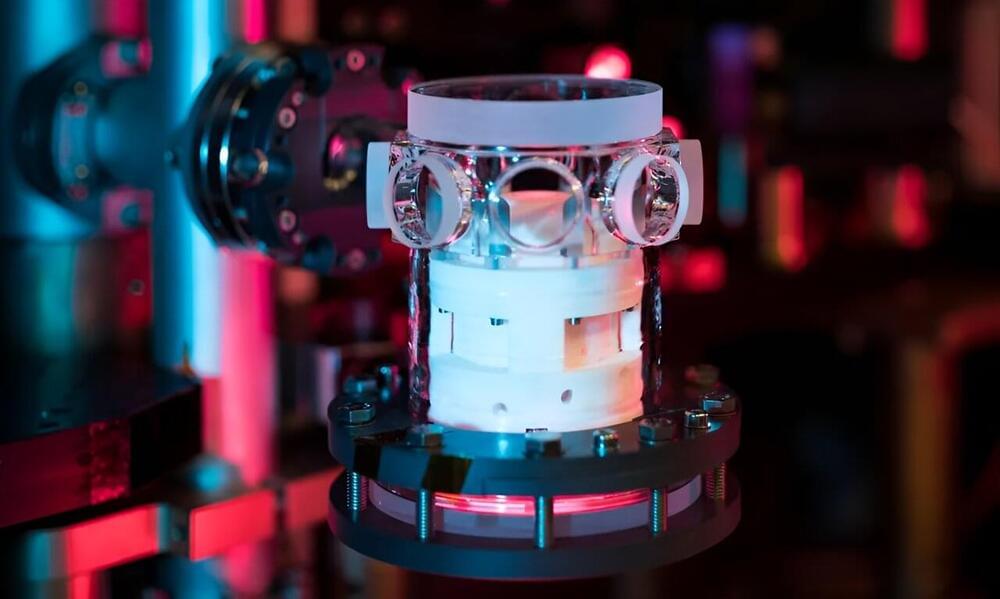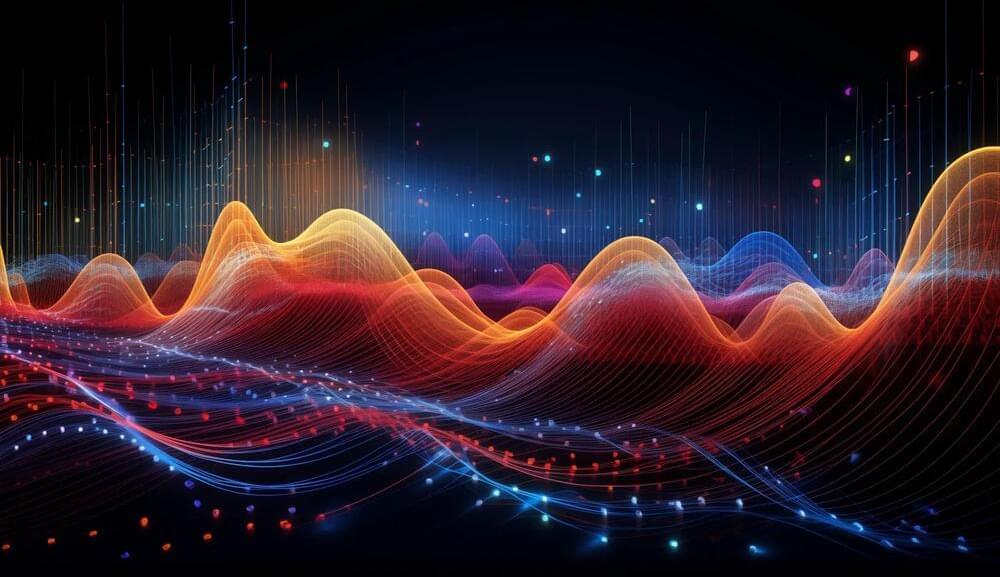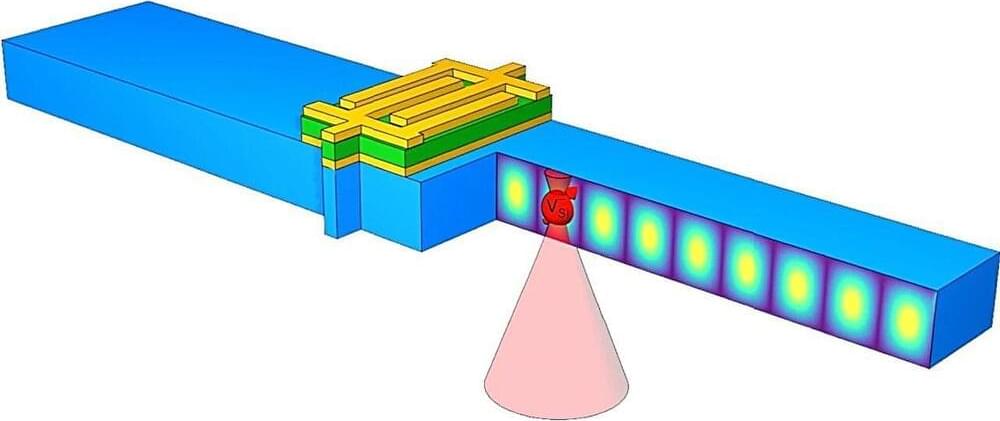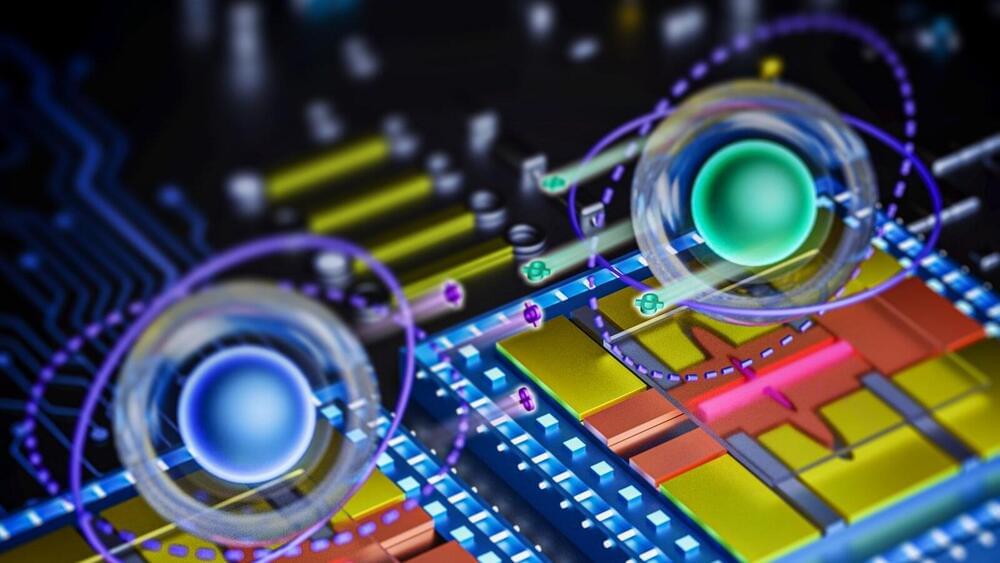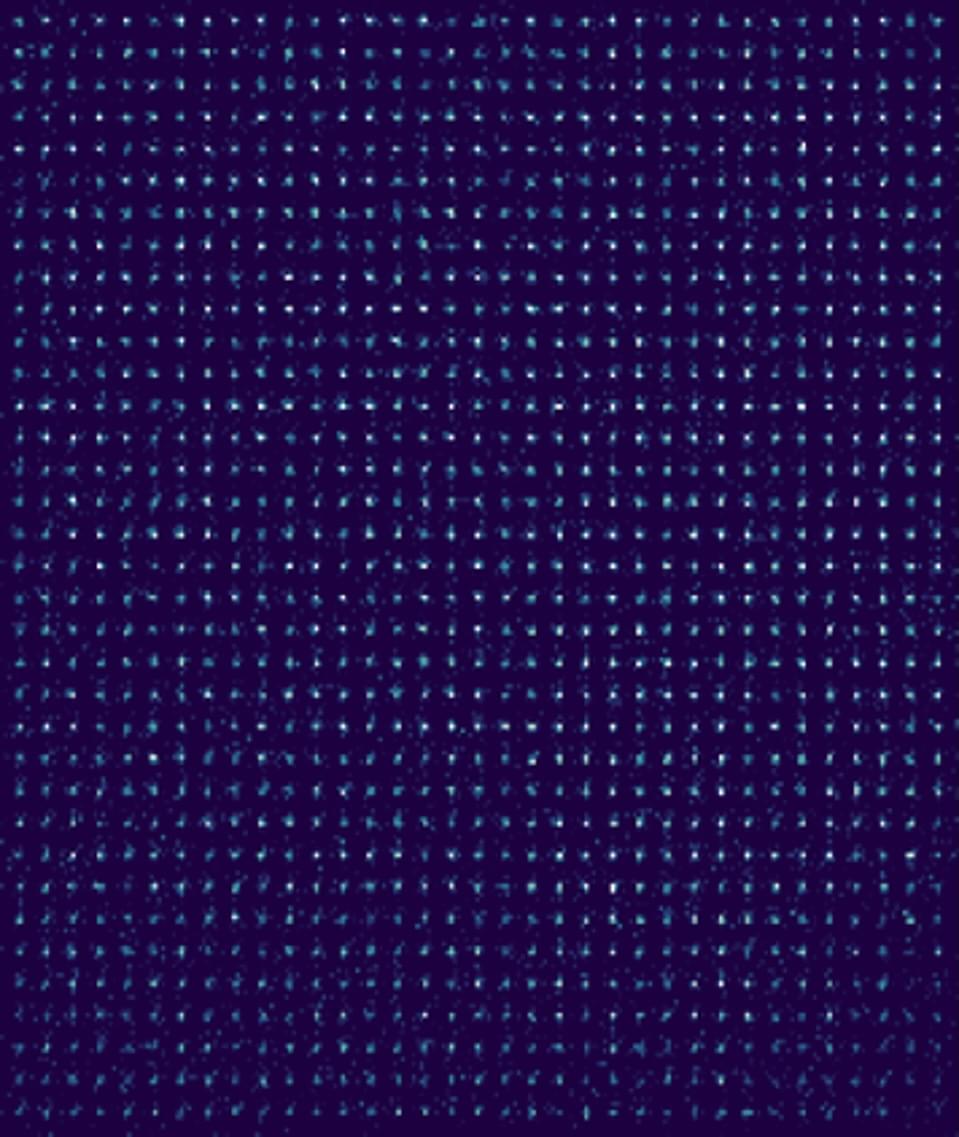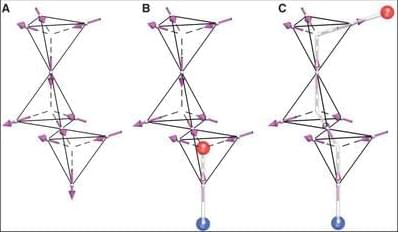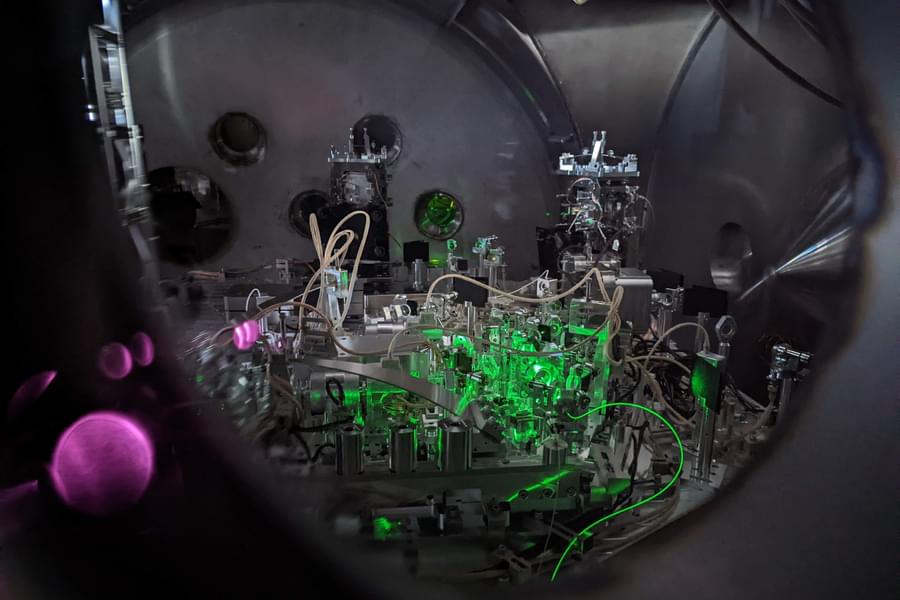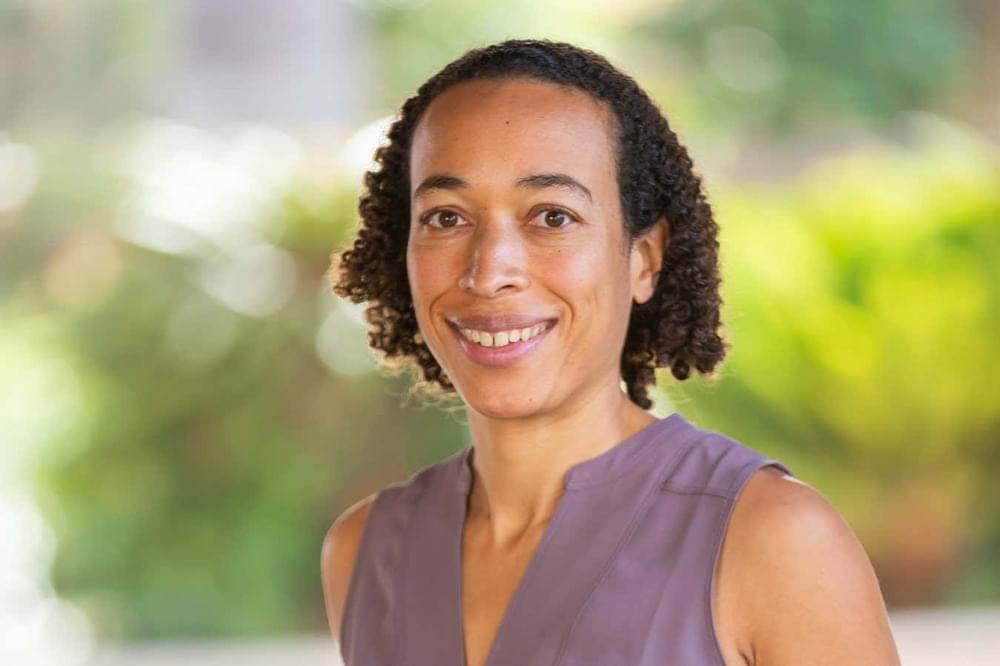In a new collaboration, two research groups, one led by Francesca Ferlaino and one by Markus Greiner, have joined force to develop an advanced quantum gas microscope for magnetic quantum matter. This state-of-the-art instrument reveals intricate dipolar quantum phases shaped by the interactions as reported in Nature.
Magnetic atoms are central to Ferlaino’s research on unexplored quantum matter. At both the Institute of Quantum Optics and Quantum Information (IQOQI) of the Austrian Academy of Sciences and the Department of Experimental Physics at the University of Innsbruck, the experimental physicist and her team achieved the first Bose-Einstein condensate of erbium in 2012. In 2019, she led one of the teams observing for the first time supersolid states in ultracold quantum gases of magnetic atoms.
At Harvard University, German experimental physicist Markus Greiner is the pioneer of optical techniques allowing for the direct observation of individual atoms. Using high-resolution microscopy, the Harvard team has unveiled many exotic phenomena in strongly correlated ultracold atoms, as anti-ferromagnetic phases in 2017.
